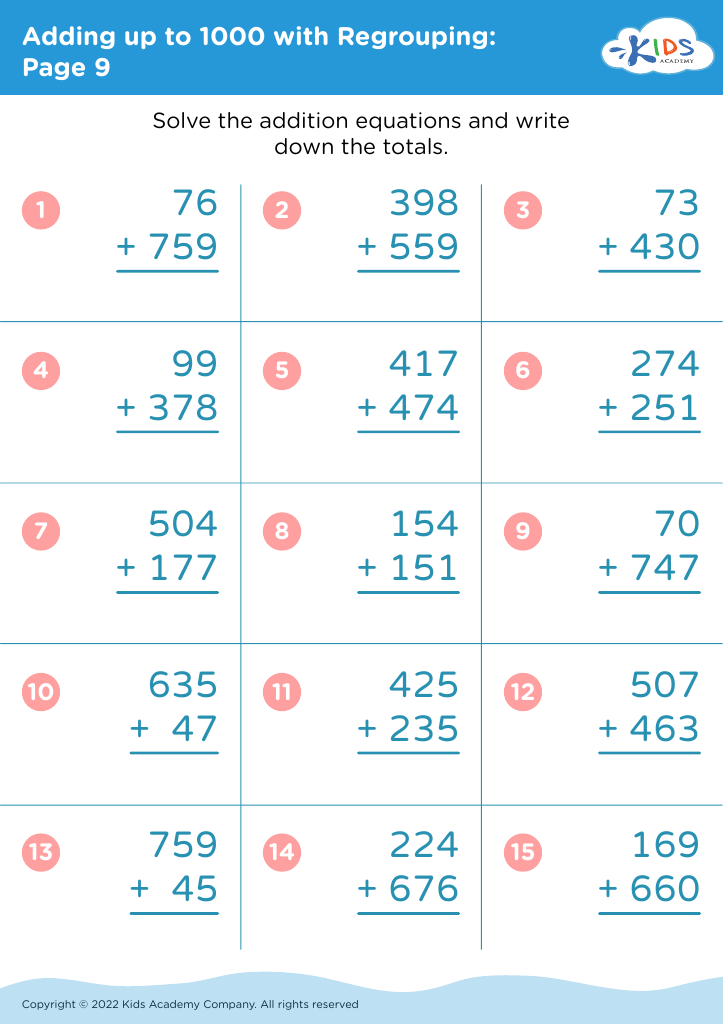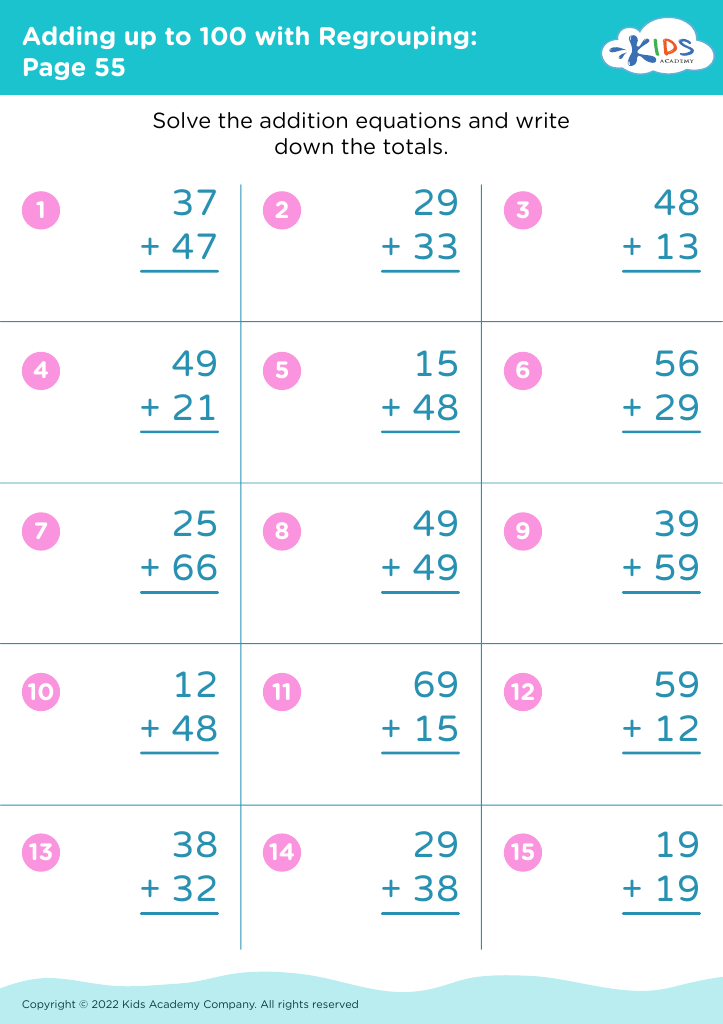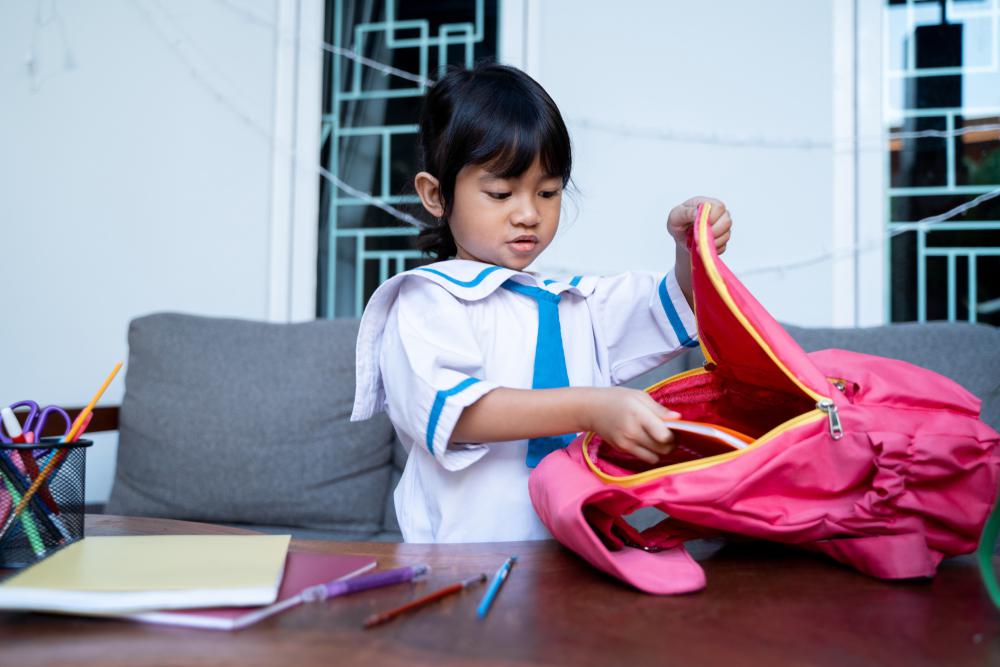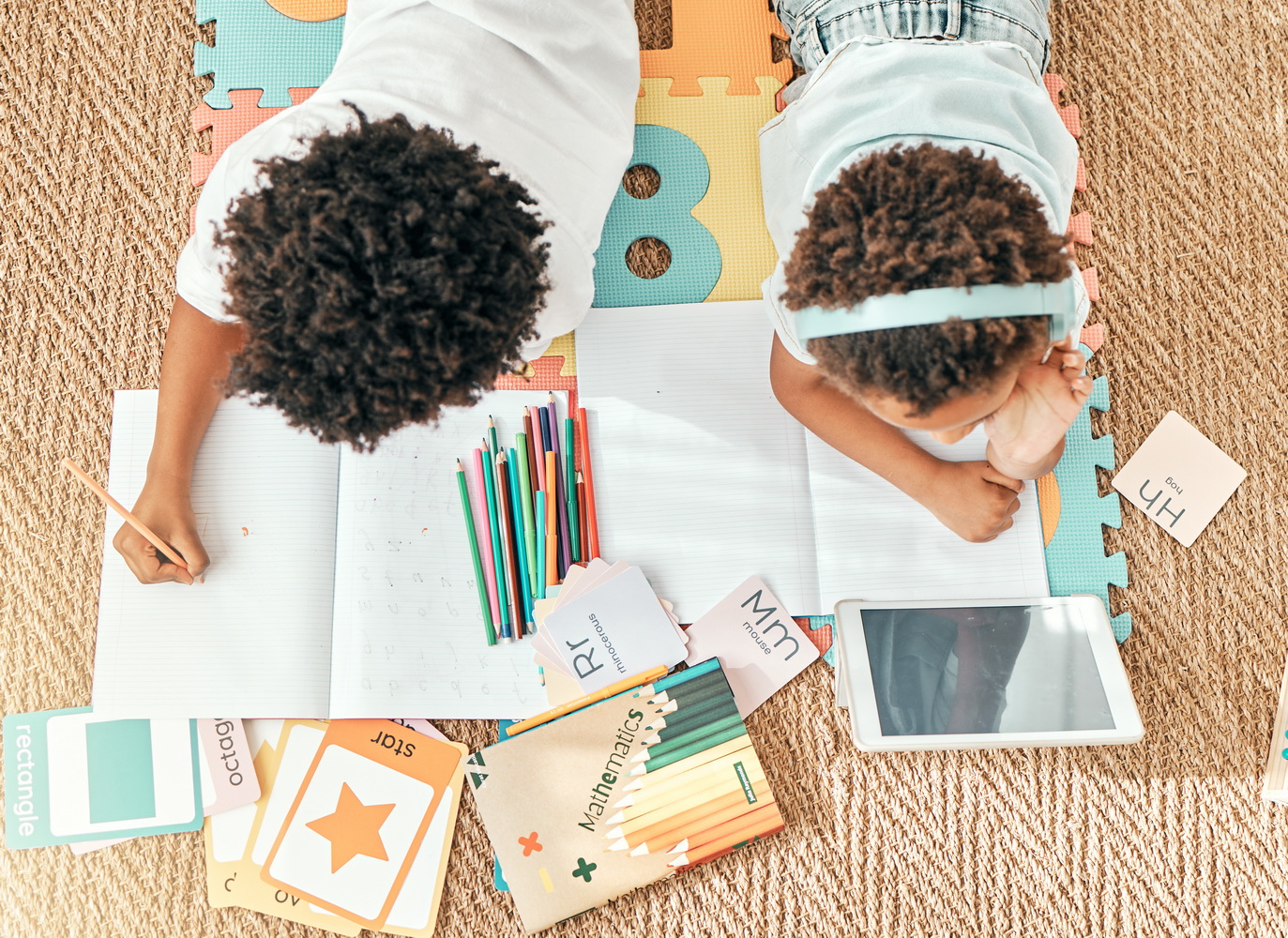Understanding directions Addition Worksheets for Ages 6-9
3 filtered results
-
From - To
Discover our "Understanding Directions Addition Worksheets" tailored specifically for children ages 6-9. These interactive and engaging worksheets help enhance young learners' comprehension of both addition concepts and crucial instruction-following skills. By guiding students through clear directions, we foster independent thinkers who confidently tackle math problems. Our worksheets are designed to make learning enjoyable, with vibrant visuals and straightforward language that are perfect for early grade teachers and parents alike. Encourage your child’s mathematical journey by improving their ability to interpret directions while practicing addition. Explore our collection today and watch your child thrive in their math skills!
Understanding directions in addition is crucial for children aged 6 to 9 as it lays the foundation for mathematical skills essential in their academic journey and everyday life. At this age, children are developing critical cognitive abilities, and grasping addition helps enhance their problem-solving skills and logical reasoning. When children understand how to follow directions for addition—such as "add these numbers," "count up," or "combine the totals"—they gain confidence in tackling mathematical problems.
Moreover, strong directional comprehension enables students to work independently. It helps them engage with math homework and assessments more effectively, fostering a sense of responsibility for their learning. Parents and teachers play a vital role in supporting this skill, ensuring children can listen to, read, and interpret instructions accurately.
Additionally, well-practiced directional skills in addition can correlate with improved communication skills, paving the way for understanding complex concepts in subjects beyond mathematics. By investing time into helping children genuinely understand these directions, parents and educators promote a proficient foundation in mathematics that positively influences later academic achievements and analytical thinking in various aspects of life.









.jpg)















